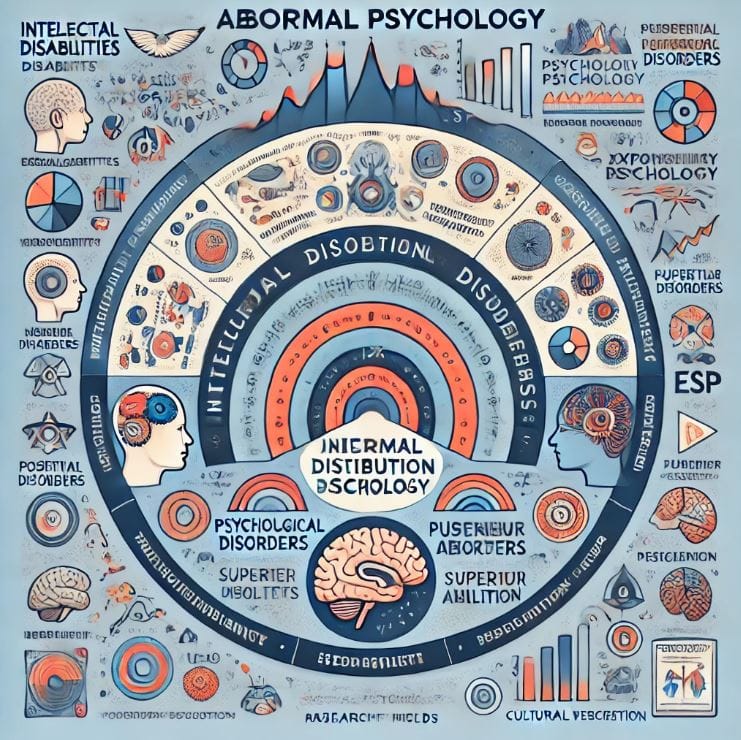
Social psychology delves into the intricate web of human behavior within social contexts, exploring how individuals perceive, influence, and relate to one another. This dynamic field bridges the gap between psychology and sociology, offering profound insights into interpersonal interactions and societal trends. By understanding key theories in social psychology, we gain a better grasp of what drives human behavior, from group dynamics to individual decision-making.
This article explores foundational and contemporary theories in social psychology, providing real-world applications and expanding on how they shape our understanding of human connections.
Core Theories in Social Psychology
1. Social Identity Theory (SIT)
Developed by Henri Tajfel and John Turner, the Social Identity Theory explains how individuals derive a sense of self from their group memberships.
- Core Idea: People categorize themselves into groups (e.g., nationality, religion, or profession), which influences their self-esteem and behavior.
- Key Concepts:
- In-group favoritism: Favoring one’s own group over others.
- Out-group discrimination: Viewing out-groups as inferior or threatening.
Real-World Application:
In marketing, brands use SIT to create loyalty by encouraging customers to identify with a specific group, such as Apple’s “Think Different” campaign, which appeals to individuals who see themselves as innovators.
2. Attribution Theory
Fritz Heider introduced Attribution Theory to explain how people interpret the causes of behavior.
- Core Idea: People attribute behavior to either internal factors (disposition) or external factors (situations).
- Types of Attribution:
- Internal Attribution: Blaming someone’s traits for their behavior (e.g., “She’s late because she’s lazy”).
- External Attribution: Blaming external circumstances (e.g., “She’s late because of traffic”).
Real-World Application:
Attribution theory is essential in the workplace, where managers must discern whether poor performance stems from lack of effort or external challenges.
3. Cognitive Dissonance Theory
Proposed by Leon Festinger, Cognitive Dissonance Theory describes the discomfort people feel when their actions conflict with their beliefs or values.
- Core Idea: To reduce dissonance, individuals may:
- Change their beliefs.
- Change their actions.
- Justify their behavior.
Example: A smoker who knows smoking is harmful may rationalize their behavior by downplaying the risks (“My grandfather smoked and lived to 90”).
Real-World Application:
In education, cognitive dissonance can be used to challenge students’ misconceptions, prompting them to reevaluate and learn.
4. Social Learning Theory
Albert Bandura’s Social Learning Theory emphasizes the role of observation and imitation in learning.
- Core Idea: People learn behaviors, attitudes, and emotional reactions by observing others.
- Key Components:
- Modeling: Imitating the behavior of others.
- Reinforcement: Learning is strengthened through rewards or punishments.
Example: Children learn social norms by observing parents, teachers, and peers.
Real-World Application:
Social learning is pivotal in advertising. For instance, showcasing satisfied users in commercials encourages potential customers to adopt similar behaviors.
5. The Bystander Effect
This theory, based on research by John Darley and Bibb Latané, highlights how individuals are less likely to help in emergencies when others are present.
- Core Idea: The presence of others diffuses responsibility, making individuals less likely to act.
Example: In high-profile cases like the “Kitty Genovese murder,” bystanders’ inaction spurred widespread research into this phenomenon.
Real-World Application:
The bystander effect informs public safety campaigns, emphasizing the importance of taking action regardless of others’ presence.
Modern Developments in Social Psychology
1. Intersectionality
Coined by Kimberlé Crenshaw, intersectionality examines how overlapping social identities (e.g., race, gender, class) influence experiences of privilege and oppression.
- Core Idea: Social identities intersect to create unique experiences of marginalization or privilege.
Real-World Application:
In organizational settings, intersectionality fosters inclusive policies that address diverse employee needs.
2. Social Media Psychology
The rise of digital platforms has prompted new inquiries into how social media affects behavior.
- Core Insights:
- Social comparison: Comparing oneself to others on social media can influence self-esteem.
- Echo chambers: Algorithms create environments where individuals are exposed to similar viewpoints, reinforcing biases.
Real-World Application:
Understanding social media’s psychological impact is vital for creating healthier online experiences and combating misinformation.
Practical Applications of Social Psychology
1. Enhancing Workplace Productivity
- Theory Used: Social Identity Theory.
- Application: Building a sense of belonging within teams boosts morale and collaboration.
2. Reducing Prejudice
- Theory Used: Contact Hypothesis by Gordon Allport.
- Application: Structured intergroup contact, such as multicultural team-building exercises, fosters understanding and reduces bias.
3. Shaping Public Health Campaigns
- Theory Used: Cognitive Dissonance Theory.
- Application: Anti-smoking ads highlight the dissonance between valuing health and engaging in harmful behaviors, encouraging change.
4. Promoting Environmental Awareness
- Theory Used: Social Learning Theory.
- Application: Showcasing eco-friendly practices inspires individuals to adopt sustainable behaviors.
Why Social Psychology Matters
Social psychology offers invaluable insights into the human experience. By exploring how individuals behave in social contexts, it informs:
- Policy Development: Crafting interventions to address societal challenges.
- Marketing Strategies: Understanding consumer behavior to design effective campaigns.
- Education: Enhancing teaching methods to accommodate diverse learners.
Conclusion
Social psychology bridges individual and collective experiences, offering a comprehensive lens through which to understand human behavior. From addressing global issues to refining personal interactions, its theories remain indispensable in navigating a rapidly evolving world. As we continue to uncover the complexities of social dynamics, these theories provide a roadmap for fostering empathy, collaboration, and progress.
Keywords: Social Psychology, Human Behavior, Cognitive Dissonance, Social Identity Theory, Attribution Theory, Social Learning, Bystander Effect



